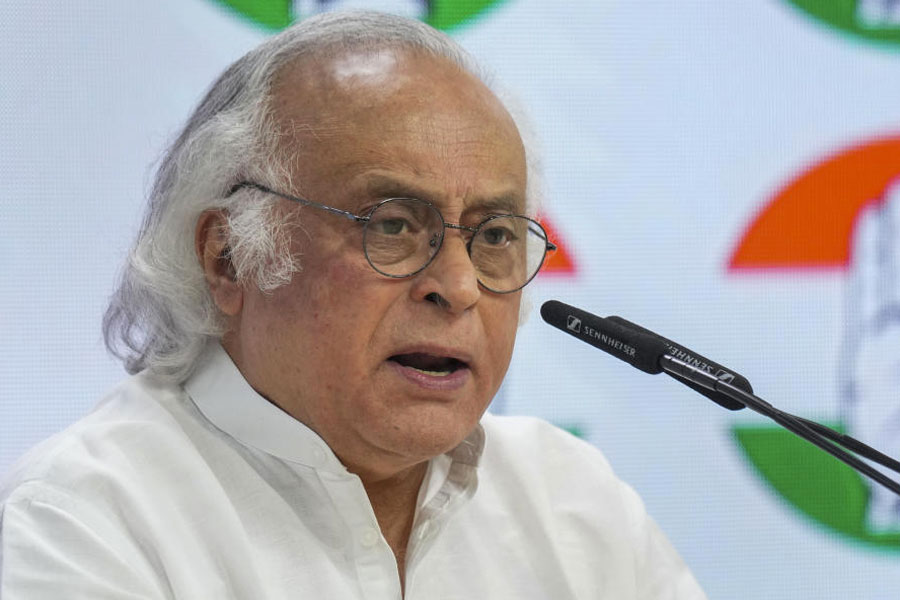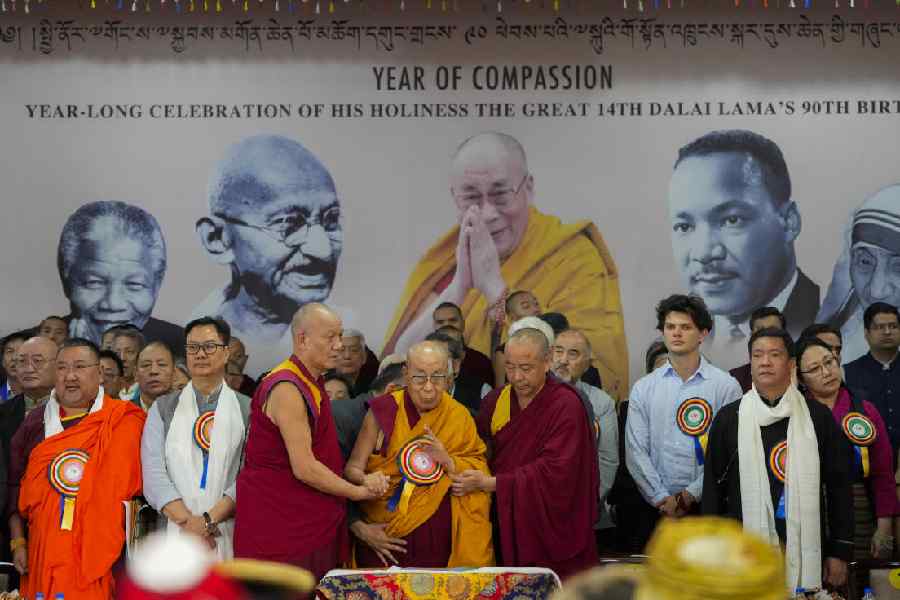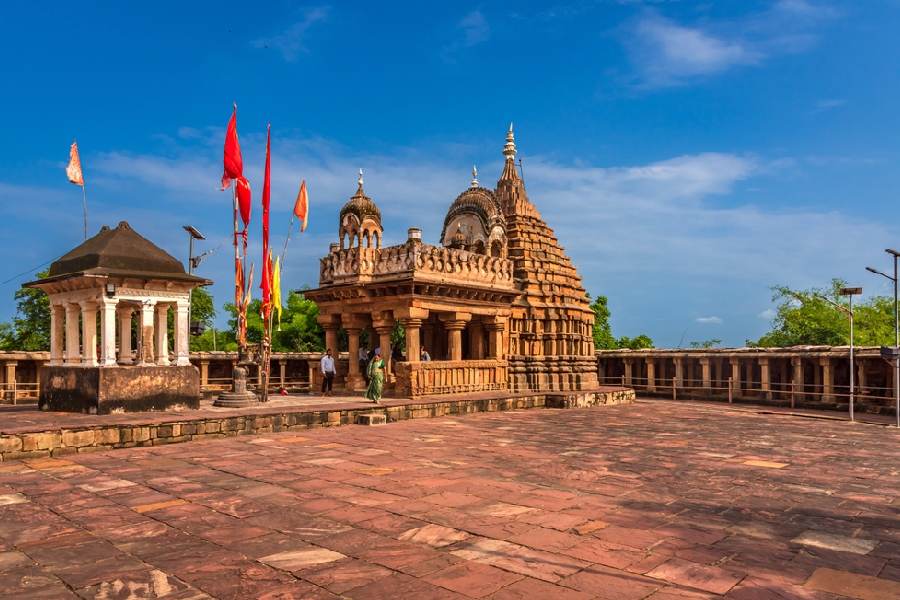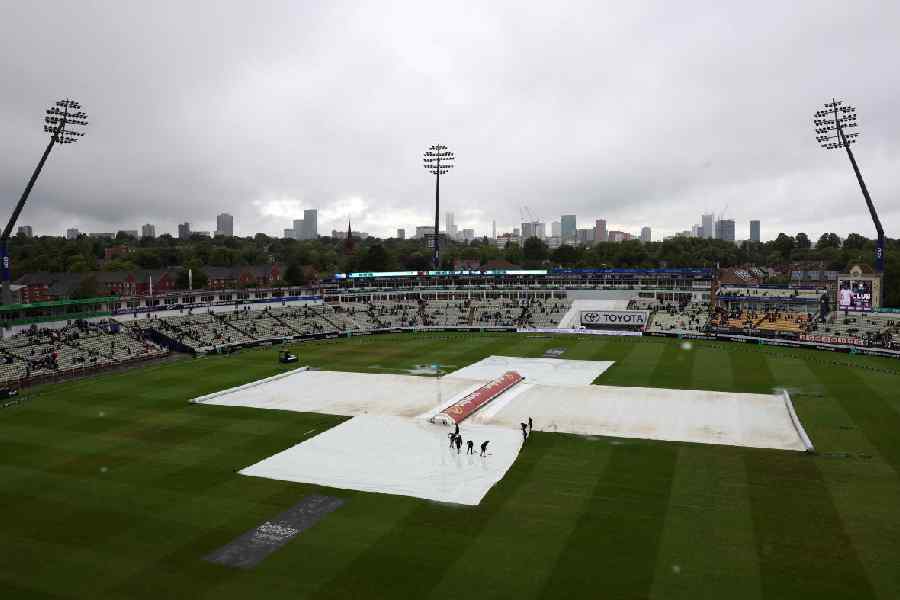 |
Brilliant sunshine, a heaving sea full of giant waves, and a man, well-built and muscular, daring the waters on a surfboard — those were the first images of surfing I had in mind, borrowed from an aftershave ad that used to do the rounds in the Eighties. My subsequent impressions of surfing were drawn from various sports programmes and sitcoms beamed on English channels.
Much later, I bumped into Chris Proctor, a rugby instructor from UK, who came to Calcutta in 2001 with a surfboard in tow. “Which are the good places to surf here?” he asked, expecting an enthusiastic reply. “Sorry, there isn’t much in store for you here,” I replied, advising him, however, to check out the sea at nearby Bakkhali and Shankarpur. He was disappointed and so was I. I had hoped to make my surfing debut with the help of Proctor, an amateur in the sport. He, however, supplied me with a number of magazines on surfing which fired my enthusiasm.
My first real-life brush with surfing took place in September 2002 when I chanced upon a group of Americans surfing off the coast of Mahabalipuram, near Chennai. While riding a friend’s Enfield Bullet down the Mahabalipuram-Pondicherry Highway, I saw a number of motorcycles parked at the roadside. Delighted at the sight of Bullets, I stopped to look for the owners. And my quest led me to a group of eager surfers who were holidaying at the seaside.
Their passion for surfing was infectious. In minutes I headed for the sea, armed with borrowed surfboard and gear. And the next half-an-hour, I spent looking for the right wave. Finally, I found one and made a dash for it. It was gone in a whoosh but not before I almost sliced through it. That was the first and the next two-three hours were spent in the sea, riding subsequent waves. While my stomach churned all the time, the adrenaline boost it gave was certainly incredible. Thoroughly delighted, I vowed to make it a weekly practice.
During the next one year, I visited the same spot almost every weekend, sometimes alone and sometimes with friends, and surfed from early morning till late in the afternoon. Later, I also indulged myself in Goa and Sri Lanka where hundreds of European tourists do the same. It did not make me a seasoned surfer as such but I could feel that I had learnt quite a bit. For example, finding the right wave used to be a mind-boggling task. From weeks of experience, I finally learnt that the ideal wave should be about 25-30 metres high. Surfing, contrary to a common perception, is best done in calm waters. In stormy weather, the waves break more easily — thereby marring the pleasure of riding them.
It is also very important to guard against injury. If the surfboard is not properly tied to your leg, it might give away while you are adrift. And if that happens, you have no defence against a huge wave that can crush your backbone. The board itself is quite tough and can cause serious injury, especially to the head.
Easy as it may seem, I must warn that surfing is not everyone’s game. You have to be a skilled swimmer and also have an extraordinarily fit body. And it’s not a hobby that you can learn about by reading or watching clips. Ideally, you must have an experienced person with you when you are doing it for the first time.
Coasting along
India is not one of the hottest surfing destinations in the world but it’s a great place to start. A good place to begin is around 40 km from Chennai, towards Mahabalipuram or what is known as Mamallapuram. There are some lonely spots where the water is calm. The requirement is to have a long stretch of clear waves that form something of a clear tunnel, small as they are at most times about four to five feet from the water level. They are ideal to begin with and are great fun if you can climb them when they are just rolling and then follow them laterally towards the shore. It’s nice to use body boards on which you can rest your complete body.
A great time to visit this place is in the months of October to March when the water is calm. It’s important to watch out for full moon as close to these days the waves are quite rough. To get a taste of the big waves you can go a little further, towards Pondicherry. Sometimes the big waves break close to rocky beaches and can be quite scary if you topple off the wave on a surfboard.
Towards the Konkan coast the great destination is Goa. You can walk all the way as the beaches are mostly connected. You can choose your wave — there is a variety as each turn of the coast makes them bigger or smaller.
Here the waves are usually bigger and can go up to seven feet and more at times. Therefore you do find a good number of surfers who come to Goa during October to February. It’s useful to have a board that is six or seven-feet long. These boards can manoeuvre bigger waves with ease.
Further from home, Sri Lanka has some of the best beaches for surfing. One of the popular destinations here is Hekedua, close to Galle. It is about a two-and-a-half hours’ drive from Colombo. Here you will find surf hunters who are always on the move on water bikes in search of that ‘great wave’. They sling their boards to their bikes and jump off at the sight of the right wave.











